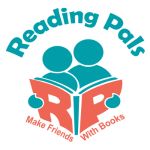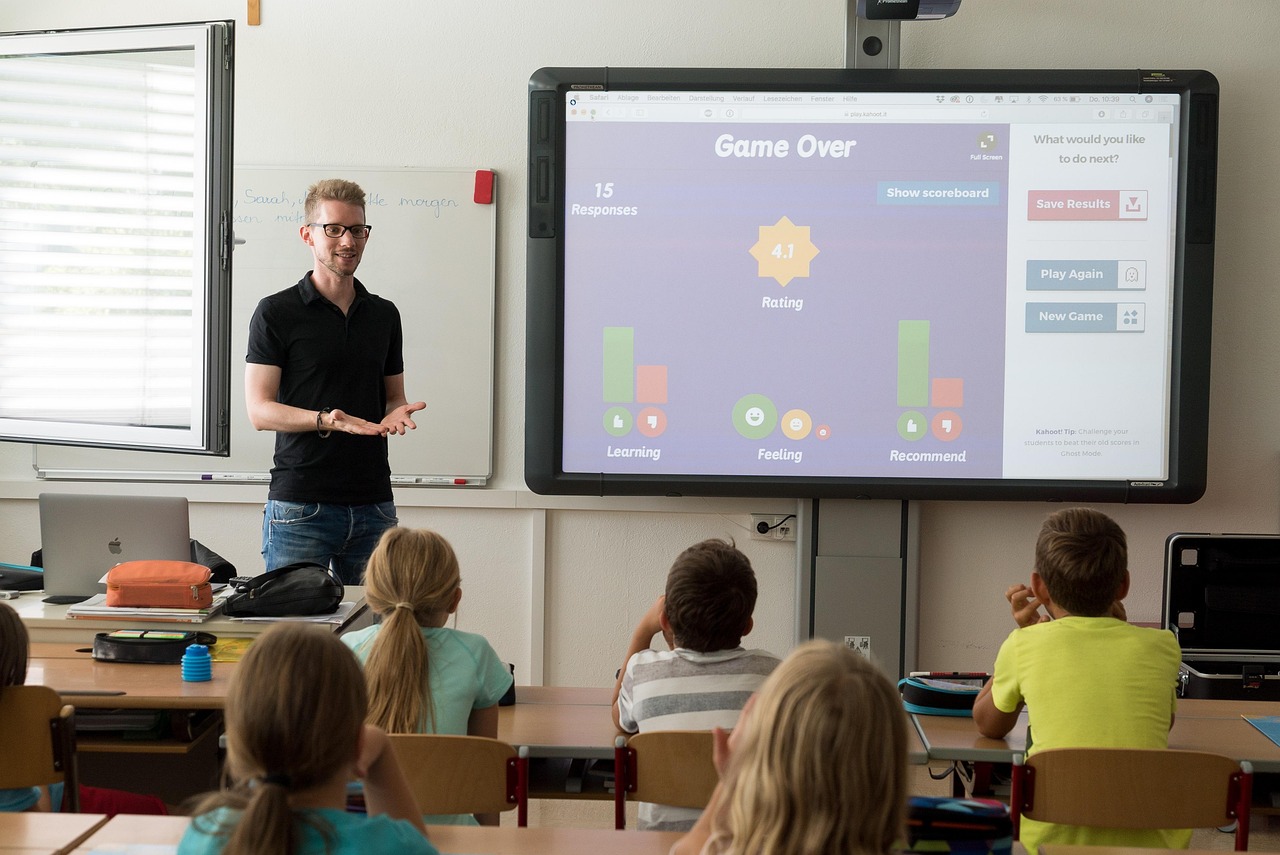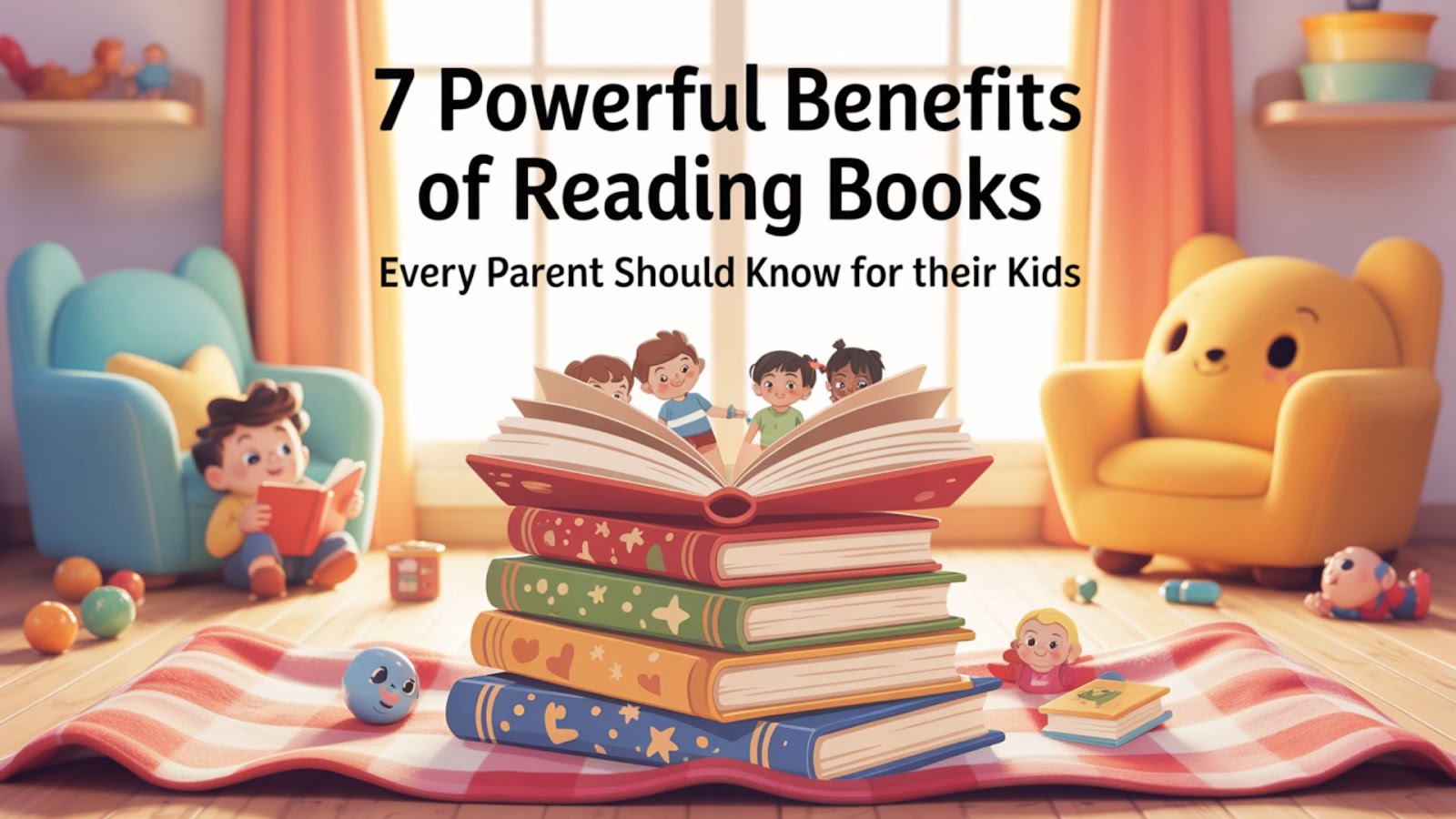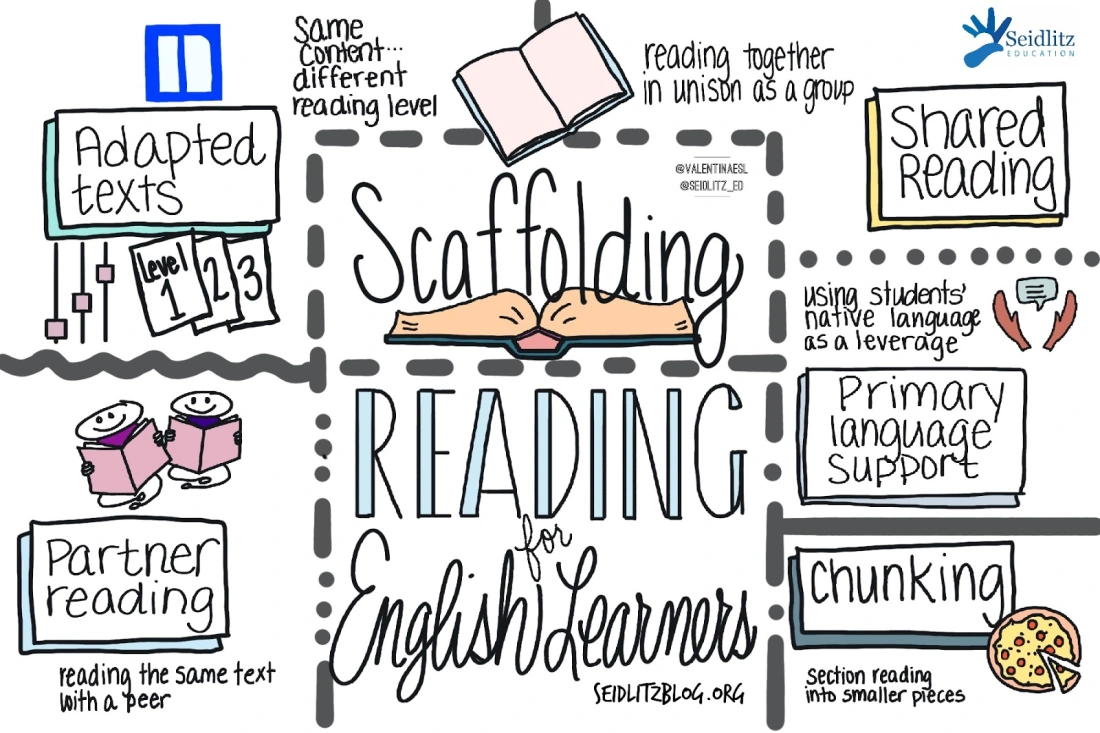We all remember when teaching kids to read and understand the cultural content available to them meant cozy evenings with picture books, sounding out syllables, and helping them follow a storyline from beginning to end.
It was cozy movie nights with cute family movies or educational TV shows. The content alone did most of the work for us. It held the hands of our kids from beginning to end, making sure that the meaning of the story wasn’t lost, but was served in child-sized portions, easy to digest.
The stories and content presented to them in books or on TV came from reliable sources. We trusted the quality of what was published and shared with our kids. Back then, helping our kids master their cultural world was limited to spelling out the words, reflecting on the moral of the story, or explaining the storyline.
The media landscape has changed
In today’s world, entertainment for kids doesn’t stop with books, kids’ shows, or movies, and neither does learning. Our children are growing up in a world where screens, apps, games, and social media shape their daily lives.
The media landscape carrying their cultural world has expanded into new dimensions, and the authors, the agenda, and the purpose of the content are multifaceted and much more complex to grasp, even for us.
Just as we taught them to read books and understand the underlying moral of their childhood fairy tales, we now need to teach them how to “read” and understand the digital world.
The entertainment and educational content they enjoy is no longer just meant for entertainment and education, and we need to help them see the many layers it contains.
Their cultural world today is not only to be watched. It is also interactive, where the consumers, at times, become the creators as well.
This means we not only need to teach them critical thinking when consuming content, but we also need to teach them good manners and etiquette when participating in co-creating the cultural landscape.
This is what we mean by digital literacy: helping our children become thoughtful, informed, and responsible users of technology by teaching them to understand, question, and engage wisely with what they encounter online.
Why is digital literacy more important than ever?
Without digital literacy, time spent online can be harmful and sometimes even dangerous. The screen can seem unpredictable. We never know what they might get exposed to, if they will be sucked into a stream of harmful content or get caught in negative interactions.
From this perspective, screens are bad, and the less time in front of a screen, the better. Trying to understand the content on their screens can seem overwhelming. We are then tempted to adopt strict and limiting screen time rules, just to be safe.
As parents, the digital world can feel like uncharted territory. We weren’t raised in this kind of world, and it’s easy to fall into the habit of just saying “no” to screen time out of worry.
But in today’s digital age, our children need more than just limits – they need guidance. They need us to sit next to them and help them understand their digital media and content.
Purely saying no and keeping them away from screens as much as possible robs them of the opportunity to practice a critical perspective on their digital world. By sitting next to them and guiding them, we can challenge the message and content coming from the digital devices.
Kids can’t do this on their own. That’s why it is wise to turn No into Know. We need to know what they’re doing online so we can help them choose wisely and make sense of it. This way, they can grow up knowing how to navigate the online world safely when we are not next to them.
What exactly is digital literacy?
Digital literacy is about helping kids develop the same critical thinking skills online that they use in school when analyzing characters, evaluating sources, or writing essays. It’s teaching them to pause, ask questions, and think before they click, scroll, or share.
This isn’t just about spotting fake news (although that’s part of it). It’s also about understanding how algorithms work, recognizing online persuasion, identifying who benefits from certain messages, and being aware of how digital spaces can shape emotions and self-worth.
The online world is full of stories, videos, memes, social posts, ads, games, all competing for our kids’ attention. But unlike a book, digital content doesn’t always come with clear signals. Who made it and for what purpose? Is it fact, opinion, fiction, fake, or something made to influence or sell?
Digital literacy means teaching kids to understand and analyze the content they are exposed to. It is teaching them to interact and communicate respectfully, as well as develop healthy habits around the use of technology.
As with most education in life, kids need good teachers and role models to get there. This is why we must take teaching digital literacy seriously.
How do we teach digital literacy?
One of the most powerful things we can do is sit alongside our children and “read” digital content together. Just like we once read bedtime stories or discussed school books, we can now do the same with their online world, whether it’s a YouTube video, a social media post, a new game, or even an ad that popped up on their feed.
We don’t need to be experts. In fact, it’s better if we aren’t giving lectures, but instead experiencing the content with them and inviting them to discussions. Ask open questions. Show curiosity. Model how to reflect on content and events, rather than just react or blindly consume.
When we take time to co-read digital content, we’re not only building digital literacy, we’re also building connection. Our children feel safer bringing their questions and experiences to us, which in turn helps them become more resilient and reflective online.
1. Understand and analyze the content
When consuming online content, we need to encourage curiosity and critical thinking.
Children are naturally curious. Rather than shutting that down with strict “no’s,” we can follow the path their curiosity takes them and channel it in the direction of thoughtful questioning.
When your child shows you a viral video or new game, resist the urge to immediately approve or disapprove, or limit the conversation to how much screen time they get to watch the content. Instead, invite them to reflect.
This doesn’t need to be a formal lesson. In fact, casual chats often work best. A conversation in the car, while setting the table, while scrolling social media together, can open the door to some really insightful thinking, and sometimes even surprising honesty.
Conversation starters to talk about online content:
- What do you like about this?
- What kind of people make content here, and why do you think they do it?
- Do you think this shows real life, or is it edited or scripted?
- How does this content make you feel?
- Did you notice how hard it is to stop watching/playing/scrolling? Do you know why that is?
2. Interact and communicate respectfully
Digital literacy goes beyond analyzing content. Digital etiquette matters too. It isn’t only about processing content. It’s also about how we behave online, how we communicate, and contribute.
Being a good digital citizen means knowing how to contribute positively, disagree respectfully, and not spread false or harmful information.
Today, children never just consume; they also interact, in comments, likes, and reactions, in group chats, sharing posts, etc. They need to understand that they are part of co-creating the atmosphere in the digital world and creating a respectful tone.
We can help children understand this by reflecting on both their own online behavior and the behavior of others. Here, practicing empathy plays a major role.
When kids learn that their actions online have a real impact on real people, they begin to take digital spaces more seriously.
This will also help greatly if a child comes across harmful situations like cyberbullying. Digital literacy can play a major role in knowing how to deal with cyberbullying or even prevent it.
Questions that support empathy and encourage responsibility:
- How do you feel when someone posts a mean comment?
- What would be a kind way to say you disagree?
- Why do you think someone might write mean comments to a post about someone they don’t know?
- What could you do if you saw someone being bullied online?
- Is it okay to share someone else’s picture without permission?
3. Develop healthy habits around the use of technology
Building healthy digital habits as a family plays a big part in the impact the online world can have on your well-being. Our digital habits can greatly influence our physical health, our social life, and relationships with loved ones.
What happens on the screen can steal our attention during meaningful conversations or interrupt valuable time with family. Bad screen habits can affect our sleep and steal hours from the day.
Therefore, digital literacy also means being aware of how we use technology in our daily lives. It’s about balance, boundaries, and using technology in a way that supports our well-being rather than harming it.
Being a role model to kids is the best way to teach them. Agreeing on the values and habits you want in your family around your digital habits is a great supplement.
Conversation starters to discuss healthy digital habits:
- Are there times you think that our phones get in the way of us having a good time?
- How do you feel when someone looks down at their phone while you tell them something?
- What screen time rules would make sense for you around gaming/chatting with friends/watching YouTube?
- How can I help you put the phone away or turn off the computer if it is hard for you?
- Are there areas in the house or times during the day that would be nice to keep phone-free?
Teaching digital literacy can be fun and easy
It’s important to understand that we don’t have to have it all figured out to start or to turn things around. No one has all the answers.
But we do know this: our kids need more than just rules and limits. They need us to be curious, present, willing to ask questions, admit what we don’t know, and learn alongside them.
Digital literacy is one of the most important life skills our children will need. And the good news is, we can help them build it, just by staying engaged, asking questions, and showing up.
Use the conversation starters to open this important discussion in your family or classroom, or get a full digital literacy kit, created to take you through all the important topics and conversations. This way, teaching digital literacy will be fun and easy for both kids and adults, and bring them closer together.
So let’s move from No to Know. Let’s teach our children not just to use technology, but to understand it. Let’s raise sharp minds with the ability to ‘read’ the world they live in, including the digital one.











